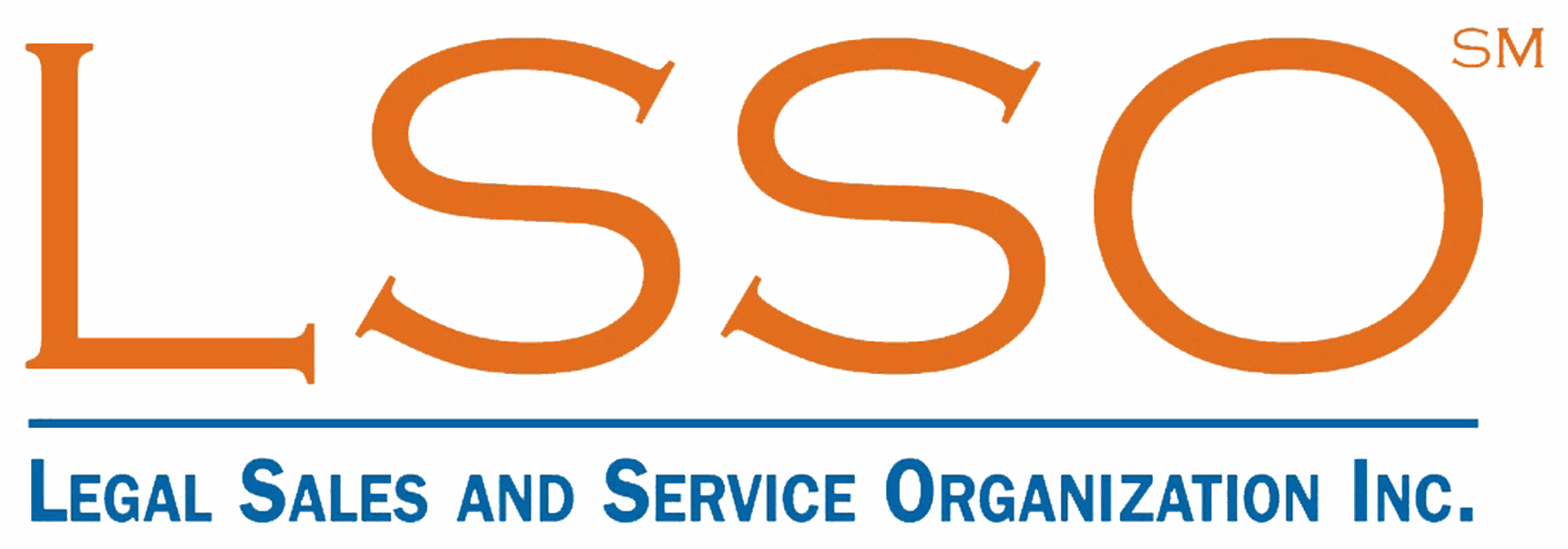By David Kamien, CEO & Founder - Mind-Alliance Systems
Law firms are turning towards Artificial Intelligence (AI) to enhance their operations and client services in the rapidly evolving legal landscape. The appeal of AI technologies, like ChatGPT, lies in their ability to leverage extensive data and knowledge resources. However, the effectiveness of AI is deeply rooted in the quality of the data it processes. This article explores the journey of a law firm as it prepares its data environment to deploy AI technologies effectively.
.png)
The first step in that journey is to establish a data catalog, which is a metadata hub that describes the business and technical characteristics of data. The second step is to implement data fabric architecture. A data fabric connects all data and makes it accessible from one place. The most effective data catalogs rely on knowledge graphs to align, harmonize, and conform data to enterprise standards. The next step is implementing a Master Data Management solution for effective data quality and governance capabilities. Formalizing data governance policies and mechanisms for ensuring data privacy, regulatory compliance, and data security is the final step for revamping a law firm’s data management to prepare it for AI.
Data Catalog
Imagine a global law firm looking to drive growth through Strategic Account Management (SAM), using AI to identify clients with the highest potential for revenue growth. The first challenge is organizing and analyzing client data accurately. This is where the concept of a data catalog comes into play. Administering a data catalog is the first step a law firm should take to prepare its data for AI.
A data catalog serves as an organized inventory of the firm's data assets. These repositories codify and organize the metadata that describes data assets. They help users identify where their data is and understand what exactly it is, which is crucial for AI systems to function effectively. A framework like Standards Advancement for the Legal Industry (SALI) can aid in standardizing the way metadata terms appear across various systems. When those standardized terms are cataloged, the firm can ensure consistent understanding and usage of data across the board.
Data Fabric Architecture
Next, it’s incumbent on law firms to make their data available to users and consume applications via data fabric architecture. Firms must do more than simply catalog data to prepare it for AI applications. The data must be accessible and able to be integrated from various sources—in real-time—for effective analysis and decision-making. This is what a data fabric does. Data fabric architecture provides an integrated layer of harmonized data atop diverse sources, allowing seamless data access and analytics from a single locus. It extends the capabilities of data catalogs and knowledge graphs, democratizes data within the organization, and enables agile data governance. Some of the most effective data fabric implementations rely on knowledge graphs to align data according to standards and represent it in a uniform way that’s easily accessible to any number of applications—including those for AI.
Knowledge Graphs
The third step for law firms seeking to prepare their data for AI is to create a knowledge graph that ideally becomes part and parcel of their data fabric architecture. Unlike traditional databases that arrange data in rows and columns, knowledge graphs represent data as an interconnected network, mirroring real-world entities and their relationships. For a law firm, this means creating a web of data that connects cases, statutes, clients, and other relevant entities. This structure, which can serve as the integration layer in the data fabric architecture, is crucial for understanding the intricate connections unique to legal data and feeding AI systems like ChatGPT with contextually rich and structured information. Knowledge graphs can significantly enhance the accuracy of AI systems by providing them with a profound, contextual understanding of legal data. This advantage is redoubled when the terminology describing domain specific concepts is harmonized by frameworks like SALI and incorporated in the knowledge graph.
Master Data Management and Data Governance
The next step in this journey is to facilitate a MDM solution, which is a critical aspect of readying law firms’ data for AI applications. In this context, MDM would ensure that critical data points, like client names, are consistent and accurate across various source systems. This consistency is crucial for any AI-driven analysis or process, such as SAM. MDM provides firms a strong foundation for sophisticated data mining and AI applications by establishing clean and reliable reference data—and data quality levels that meet expectations for sustainable use of data over the long term.
Data quality is an important facet of data governance, which is especially pivotal in the legal sector, where compliance, privacy, and security are paramount. Formalizing their data governance rules, personnel, and guardrails is the final step in getting data systems for law firms ready for AI applications. Effective data governance ensures AI systems adhere to the standards of various regulatory bodies and legislative requirements throughout their lifecycle, from data input and processing to the outputs of AI applications. Such governance also includes managing data access, ensuring privacy, and maintaining accuracy in AI responses.
Holistic Data Management
Integrating a data catalog, data fabric, knowledge graph, MDM, and data governance enables law firms to create a robust, AI-ready data environment. This integration doesn’t just enhance each component's individual capabilities. Ultimately, it transforms how data is accessed, organized, analyzed, and utilized. For AI to be successful, particularly in a domain as complex as law, effectively managing and structuring data is non-negotiable. With this comprehensive data management approach, firms can prepare their data for AI and set a new standard in legal data analytics and client service. The result is a robust metadata framework that would enable users to interact with their data in natural language, courtesy of AI technologies, to create clean, clear customer 360 records of clients, exploit relationships with them, and pinpoint opportunities to increase profitability.
For law firms venturing into AI, the journey begins with understanding and organizing their data. By investing in a knowledge graph, establishing robust metadata management courtesy of a data catalog, and understanding the nuances of the business context of their data, firms lay the groundwork for AI technologies to yield trustworthy, precise, and valuable insights. Doing so is not just about adopting new technology; it's about transforming how law firms view and handle their data, unlocking the full potential of AI in the legal sector.
|
Technology
|
Role in Data Management
|
Relation to Other Technologies
|
|
Data Catalog
|
Serves as an organized inventory of the firm's data assets, facilitating data identification and understanding.
|
It integrates with Data Fabric for seamless data access and feeds into the Knowledge Graph for contextual data understanding.
|
|
Data Fabric
|
Provides an integrated layer over diverse data sources, allowing for real-time access and analytics.
|
Supports the Data Catalog by unifying data sources; enhances the capabilities of Knowledge Graphs through diverse data integration.
|
|
Knowledge Graph
|
Represents data as an interconnected network, mirroring real-world entities and their relationships.
|
It relies on a Data Catalog for structured metadata and uses the integrated data from the Data Fabric for rich context and accuracy in AI applications.
|
|
Master Data Management (MDM)
|
Ensures consistency and accuracy of critical data points across various systems.
|
Supports Data Catalog in maintaining standardized data; crucial for providing clean data to Data Fabric and Knowledge Graph.
|
|
Data Governance
|
Formalizes the roles, rules, and responsibilities for ensuring AI systems adhere to privacy, security, and legal compliance standards.
|
Overarches all technologies, ensuring ethical and compliant data use in Data Catalog, Data Fabric, Knowledge Graph, and MDM.
|

